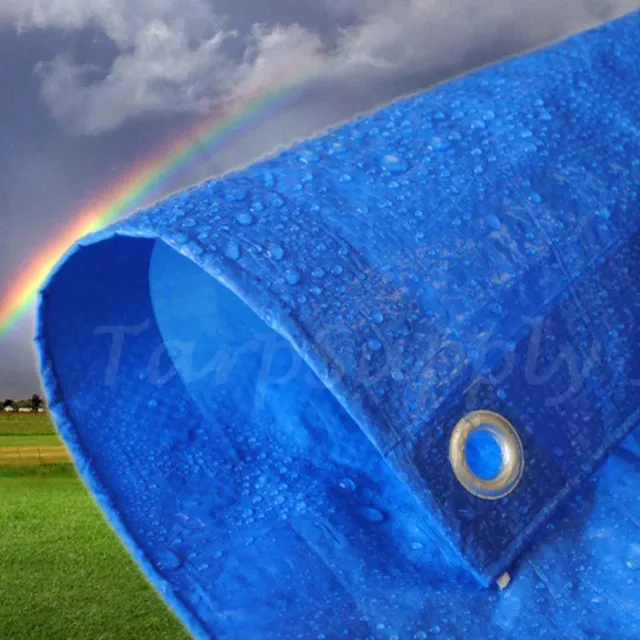In the agricultural sector, safeguarding crops and livestock from unpredictable weather conditions is crucial. Waterproof tarps serve as an essential tool, offering protection and versatility to farmers. This blog explores how waterproof tarps can be effectively utilized in agriculture to protect crops and livestock, ensuring a stable and productive farming environment.

1. Shielding Crops from Harsh Weather
Waterproof tarps are invaluable for shielding crops from extreme weather conditions such as heavy rain, hail, and excessive sunlight. By covering crops with tarps, farmers can prevent waterlogging, which can damage roots and lead to fungal infections. Tarps also protect against hail, which can physically damage plants. Additionally, in areas with intense sunlight, tarps can provide much-needed shade, preventing crops from scorching. This protection helps maintain the health and yield of the crops, ensuring that they reach their full potential.
2. Creating Temporary Storage for Harvested Crops
After harvesting, it is essential to keep crops dry and safe from the elements before they are transported or processed. Waterproof tarps can be used to create temporary storage areas, protecting harvested crops from rain and moisture. By covering piles of crops or constructing simple shelters with tarps, farmers can prevent spoilage and loss due to wet conditions. This temporary storage solution is cost-effective and flexible, allowing farmers to adjust the setup as needed based on the volume of the harvest and the prevailing weather conditions.
3. Providing Shelter for Livestock
Livestock are vulnerable to adverse weather conditions, which can affect their health and productivity. Waterproof tarps can be used to create shelters for livestock, providing protection from rain, wind, and excessive sunlight. These shelters can be set up quickly and moved as needed, offering flexibility for farmers. By ensuring that livestock have a dry and comfortable place to rest, farmers can reduce the risk of illness and stress among their animals. This leads to better overall health and productivity, as well as improved welfare for the livestock.
4. Protecting Animal Feed and Supplies
Keeping animal feed dry and uncontaminated is vital for maintaining the health of livestock. Waterproof tarps can be used to cover and protect bales of hay, bags of feed, and other supplies from rain and moisture. This prevents spoilage and mold growth, which can render feed unusable and pose a risk to animal health. Additionally, tarps can be used to cover equipment and tools, ensuring that they remain in good working condition and are ready for use when needed. By using tarps to protect these essential resources, farmers can ensure a steady and safe supply of feed for their livestock.
5. Building Portable Greenhouses
For farmers looking to extend their growing season or protect delicate plants, waterproof tarps can be used to construct portable greenhouses. By creating a framework with poles and covering it with a tarp, farmers can create a controlled environment that protects plants from extreme temperatures, frost, and heavy rain. These portable greenhouses can be moved as needed and are an affordable alternative to traditional glass greenhouses. They provide a versatile solution for growing a variety of crops, from vegetables to flowers, and can help farmers maximize their yield throughout the year.
Conclusion
Waterproof tarps are a versatile and essential tool in agriculture, providing protection and support for both crops and livestock. By shielding crops from harsh weather, creating temporary storage, providing shelter for livestock, protecting animal feed and supplies, and building portable greenhouses, farmers can ensure a stable and productive farming environment. Investing in high-quality waterproof tarps can help farmers mitigate the risks posed by unpredictable weather and maintain the health and productivity of their crops and livestock.